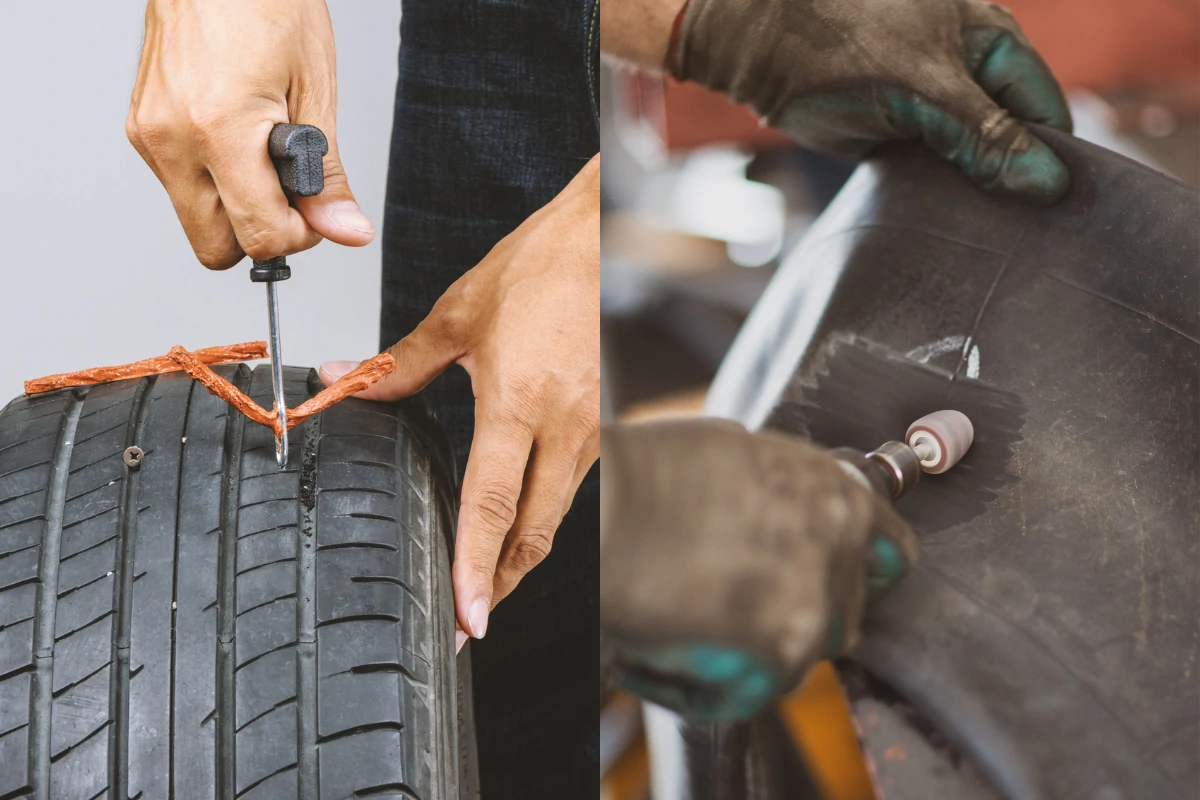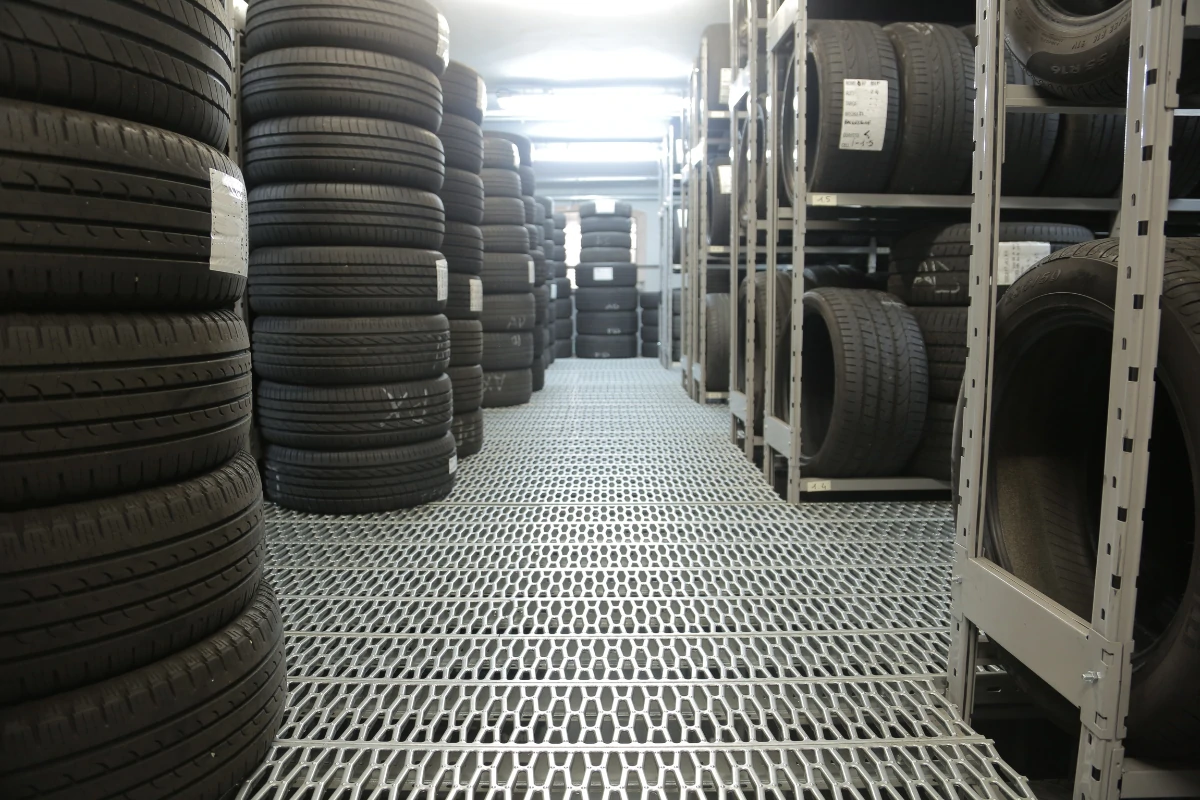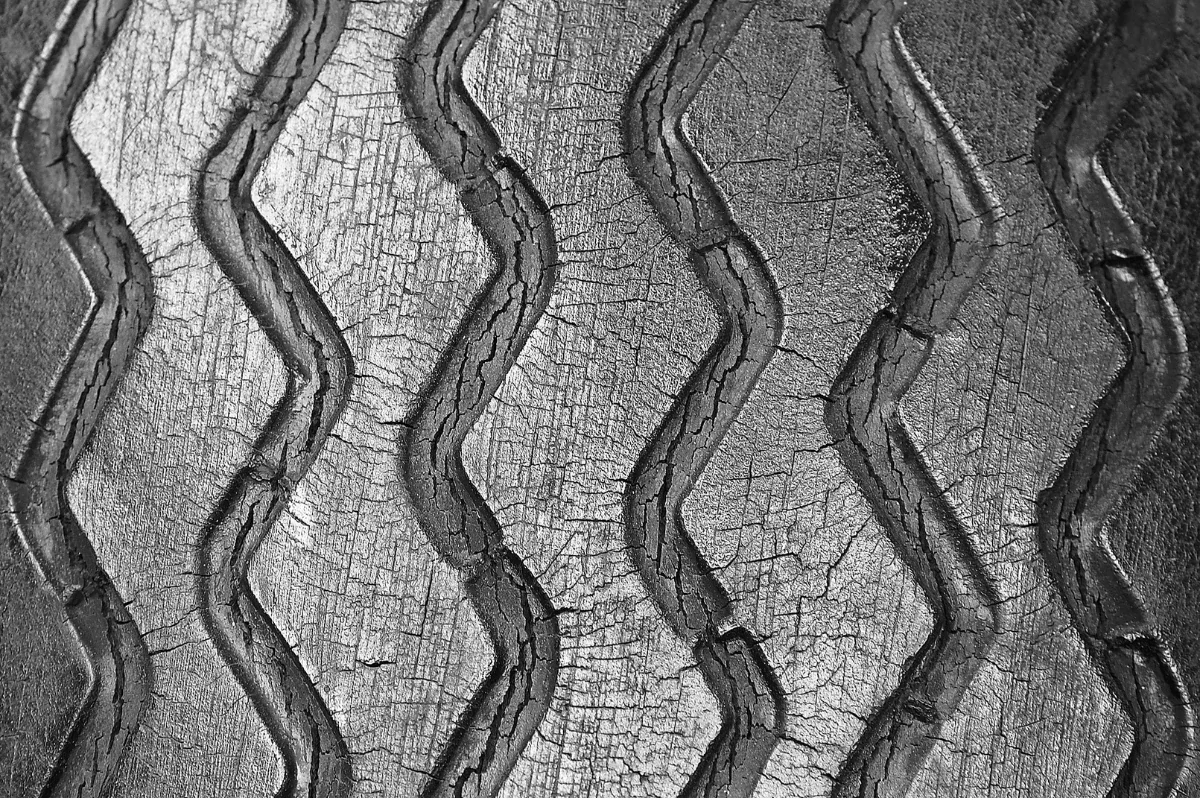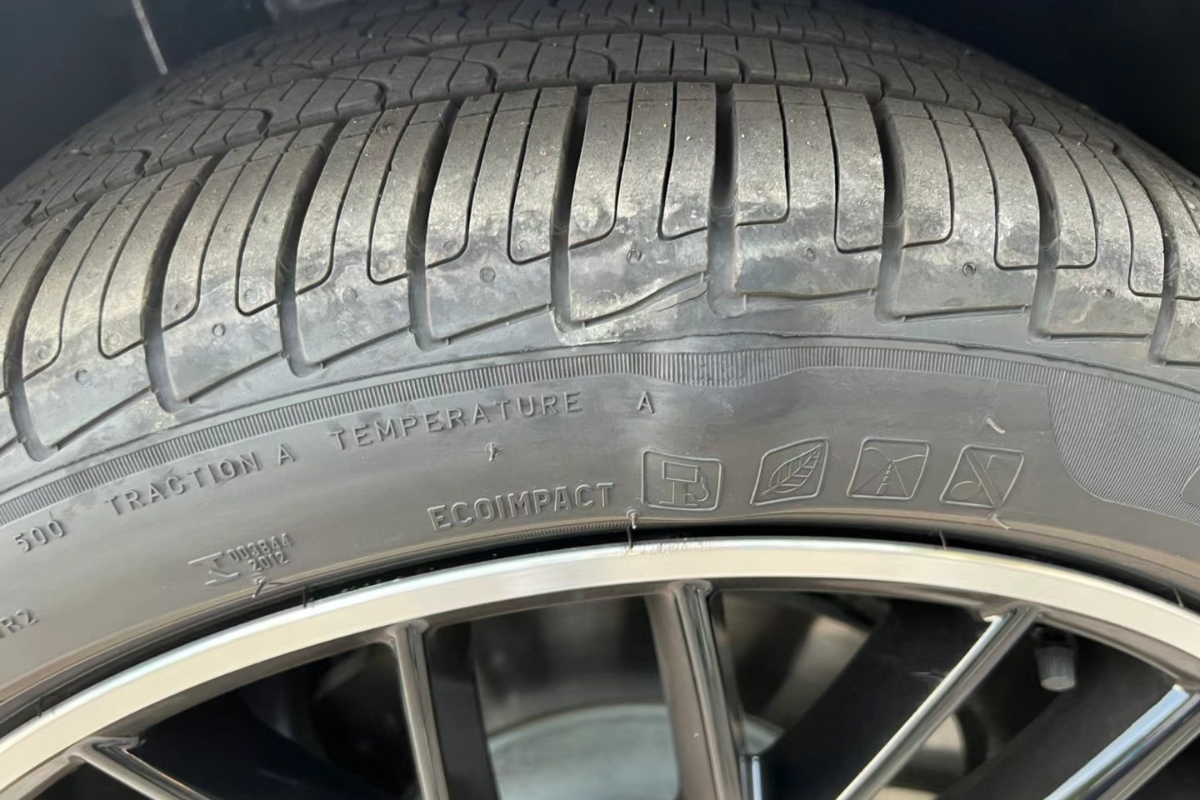Picture this: you’re driving down the road, the wind in your hair, and the tunes blasting. But then, BAM! You run over a nail, and your tire goes flat. Now, you’re faced with the daunting decision of whether to go with a tire plug or patch.
But don’t worry. In this article, I will break down the Tire Plug vs. Patch debate into easy-to-understand terms and help you make the tough call.
So, buckle up, and let’s roll!
Table of Contents
Tire Plug vs. Patch: What Is Better?
To save you some time, I’ll give you the short version:
The tire plug is:
- a quick and easy fix for small punctures.
- a temporary solution that won’t last forever.
- safe to use if you’re only driving a short distance.
The tire patch is:
- a more complex and heavy-duty fix for bigger punctures.
- a reliable solution that can last for several years.
- a safe repair if you’re planning to drive long distances.
Both methods work, but there are pros and cons to each. If you want to know all the details about the comparison, keep reading.
How Do They Work

How do tire plugs work
A tire plug is a small, rubbery strip inserted into the punctured area of a tire to seal the hole.
Using a tire plug is relatively simple and can be done by anyone.
- First, locate the puncture in the tire.
- Then, insert the tool provided with the tire plug kit into the puncture to clean out any debris.
- Next, thread the plug through the tool and insert it into the puncture until it is flush with the tire’s tread.
- Finally, trim off any excess plug sticking out of the tire.
Just a quick heads up – you don’t have to remove the tire from the wheel when you use tire plugs. But fixing a tire while it’s FULLY INFLATED can be RISKY. So, I recommend taking the wheel off your car, deflating the tire completely, and then getting to work on the repair.

How do tire patches work
A tire patch is a piece of high-quality rubber that is round or oval in shape. It can be as small as a dime or as big as a softball.
Fixing a tire with a patch can be a bit more involved. You need to remove the tire from the wheel to get started with these steps:
- First, locate the puncture in the tire.
- Then, the area around the puncture is cleaned and roughed up to ensure a strong bond.
- Next, the patch is applied to the inside of the tire, with the adhesive side facing the puncture.
- Finally, pressure is applied to the patch to ensure a secure seal.
When They Can Be Used
When your tire gets a hole in the tread, you need to figure out how big it is before you decide how to fix it.
A plug is usually the way to go if it is a SMALLER puncture like nails or screws.
A patch is a better option if the hole is BIGGER but smaller than a 1/4 inch (6mm).
Hold on, you can not plug or patch a tire when:
- The puncture is too close to the sidewall of the tire.
- The puncture is larger than 1/4 inch (6mm) in diameter.
- You’ve driven on a flat tire for too long.
- Your tire sidewall or tread has a bulge (or bubble).
- There’s another plug/patch close to the puncture.
If any of those issues come up, you should get a professional to check it out first.
How Long Can They Last
How long can a plug last
Some companies say that installing a plug right can last for several years or about 10,000 miles (16,000 km).
But from what I’ve heard, a tire plug can go anywhere from a few weeks to a year.
How long can a patch last
Tire patches do last longer than plugs – as long as they’re installed correctly, of course.
They can go for several years, which is about how much time your tire has left.
Whether you go with a tire plug or a patch, how long it lasts depends on a few things.
Quality: A high-quality plug/patch will likely last longer than a cheaper alternative.
The puncture location: The plug/patch could not hold up as well when the puncture is close to the sidewall or in an area that flexes a lot.
Driving conditions: If you’re frequently driving on rough roads or in extreme temperatures, the plug/patch will not last as long as it would under normal conditions.
Which Is More Supportive
A tire patch is typically seen as more supportive than a tire plug.
When you patch a tire, you’re essentially plugging the hole with a piece of rubber that’s been glued to the inside of the tire. This creates a seal that’s much stronger than a plug. Because a plug is just a piece of rubber that’s shoved into the hole from the outside.
Plus, a patch covers a larger area than a plug, so it’s less likely to come loose or fail over time.
If you want a more supportive repair, a tire patch is a better choice, though it requires more effort. But if you need a quick fix to get you to the nearest repair shop, a tire plug can be a good temporary solution.
Is It Safe to Drive on Plugged or Patched Tires
Is It Safe to Drive on Plugged Tires
The U.S. Tire Manufacturers Association (USTMA) and the Tire Industry Association (TIA) say that tire plug repair is NOT a safe way to fix tires. So, even though it’s pretty convenient, plugs are only good for short-term fixes.
Is It Safe to Drive on Patched Tires
If you have a puncture in the tread and it’s less than 1/4 inch (6 mm) in diameter, a tire patch can be a SAFER way to repair it. When done correctly, a tire patch can last for several years and won’t put you at risk while driving.
So, here’s our advice: If you get a flat, use a plug to get yourself out of that flat tire situation. But, when you have some free time, you should take that ride to the shop and get a proper tire patch.
The New Method – Tire Patch/Plug Combination

A tire patch/plug combination is made up of TWO components – a rubber tire plug and a patch.
The rubber tire plug is made of a special type of rubber. It is shaped like a small, tapered rod with a mushroom-shaped head. The head of the plug is slightly larger than the hole in the tire. This allows it to create a seal that stops air from escaping.
The patch is a small piece of rubber that’s placed on the inside of the tire over the plug. Special adhesive holds it snugly in place, and it’s like the plug’s trusty sidekick. It ensures the plug stays put and doesn’t let air sneak out.
Tire patch/plug combinations are kind of like the fancy version of standard tire plugs or patches. You can both stick a plug into the hole and add a patch to cover it up from the inside. This makes for a STRONGER and LONGER-LASTING fix.
But, just so you know, you need to take the tire off the wheel to get the combo installed right.
FAQ
Is it better to patch or plug a tire?
The answer depends on the size and location of the puncture.
Tire plug is a quick and easy fix that can be done at home. It does well on small punctures like nails or screws. But plugs are only a temporary solution and should not be used for long-term repairs.
Tire patch is more effective and supportive for larger (less than 1/4 inches) punctures. And it provides a more permanent fix and is considered more safe. But A patch involves removing the tire from the wheel, which is more time-consuming.
Just a heads up, you can’t plug or patch a tire if:
- The puncture is too close to the side of the tire
- The puncture is bigger than a 1/4 inch (6mm)
- You’ve been driving on a flat tire for too long
- There’s a bulge or bubble on the tire
- There’s already another plug or patch near the hole.
How big of a hole can you plug/patch in a tire?
If you’ve got a smaller hole, like from a nail or screw, a plug is usually the way to go. It’s a pretty simple process – just insert the plug into the hole and trim off any excess.
Now, if the hole is bigger but still under 1/4 inch (6mm), then a patch might be a better option. This involves removing the tire from the wheel and applying a patch to the inside of the tire where the puncture is located. It’s a bit more involved than just using a plug, but it’s still a pretty straightforward process.
But, if the puncture is larger than 1/4 inch, then neither a plug nor a patch will be a safe fix. In that case, you’ll need to replace the tire.
Can a tire plug/patch fall out?
The short answer is YES, it’s possible.
But it’s not very likely if it’s done correctly. And the tire patches have a lower chance of falling out than tire plugs.
The key is ensuring the plug or patch is securely in place and no leaks in the tire. If the plug or patch is loose or there’s a leak, it could easily fall out while you’re driving.
So, if you’re not confident in your tire repair skills, it’s best to leave it to the professionals.
Can I drive long distances with a plugged tire?
No. The U.S. Tire Manufacturers Association (USTMA) and the Tire Industry Association (TIA) don’t recommend it.
A tire plug is NOT a permanent solution. Driving on a plugged tire for too long could lead to further damage to the tire.
If you’re planning a long trip with a plugged tire, make sure to pack a tire pressure gauge and check your tire pressure frequently.
And don’t forget to bring a spare tire and tools to change a flat, just in case.








